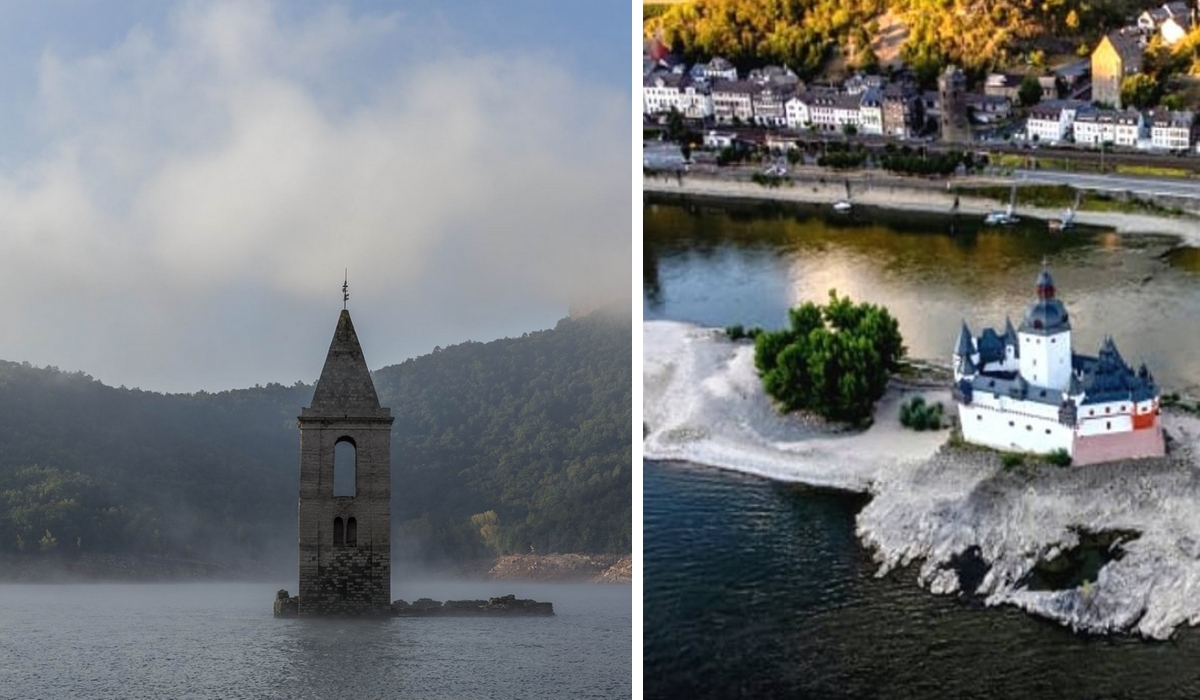A new type of tourism literally “emerged” in Europe – almost literally. “Dry tourism” is a trip to see those sights that are hidden underwater in ordinary life – and these are the remains of churches, bridges, and even entire cities that were once flooded. The extreme drought in Europe, which “zeroed out” river cruises, gave this type of tourism a “second wind”: most of the underwater attractions are now back on land.
Moreover, dry tourism has become so popular that some localities have already begun to fight against this type of tourism. This affected, in particular, the town of Vilanova de Sau near Barcelona. The city’s mayor, Joan Riera, said he plans to limit access to the Sau reservoir, which has been hit by an influx of tourists seeking to visit the San Roma church, which was flooded in 1962 after hydraulic works and was completely exposed this summer due to drought.

At the same time, this landmark is not the only one – European rivers are rapidly receding, sometimes showing “hungry stones” or warships from the Second World War. And now “stopping” river cruises. For example, on the Rhine, in the German town of Kaub, the river level dropped to 36 cm. As experts assure us, river navigation is completely unprofitable already at 40 cm.
“With the climate crisis, traditional river cruises in Europe will suffer and the industry is likely to reboot as a result,” said Claire Weeden, senior lecturer in tourism and marketing at the University of Brighton. The demand for cruises is still high, but the ships have to be unloaded – for example, by draining the water from the pools – and in some places, tourists can hear the ship literally “scraping the bottom”.
But for the most part, companies already have to transfer tourists by buses. Cruise operators fear that Rhine cruises may become a thing of the past shortly – if even one summer like this happens again: simply all companies will go bankrupt en masse.
The situation is no better on other European rivers. In France, sections of the Loire River have almost completely dried up in some places, and the canals are closed, in Hungary, part of the parking lots for cruise ships on the Danube has been closed – ships simply cannot dock due to the low water level, but for “dry tourism” the supports of the Margaret Bridge, destroyed in the time of the Second World War. In Italy, the Po River is at historic lows and has also almost disappeared in places. Local boat rental and pleasure boat owners also say that one more summer is enough to retire.
The famous Lake Garda is also receding, approaching the lowest level in its entire history and “demonstrating” to tourists the ancient ruins that are normally hidden underwater.

